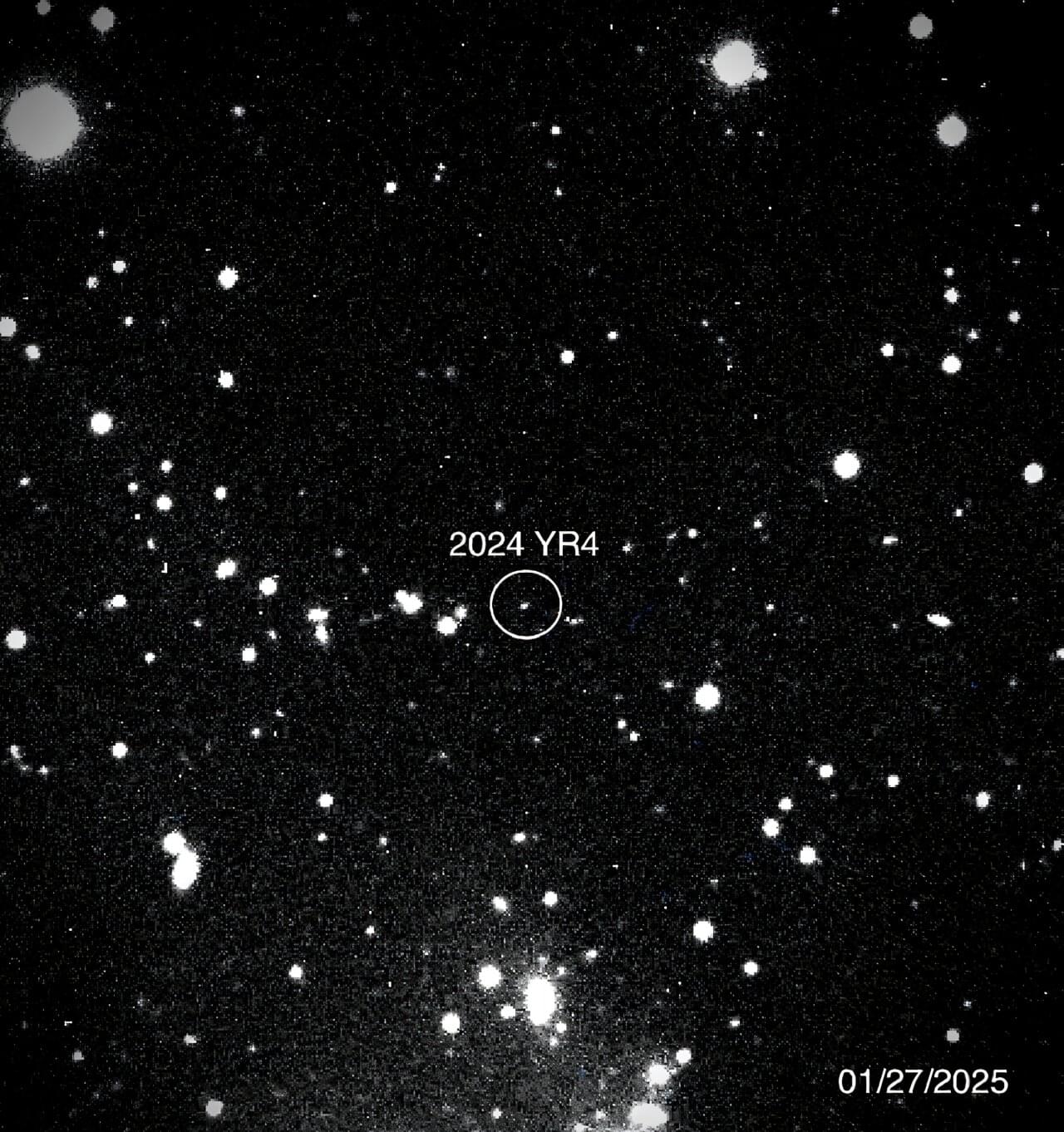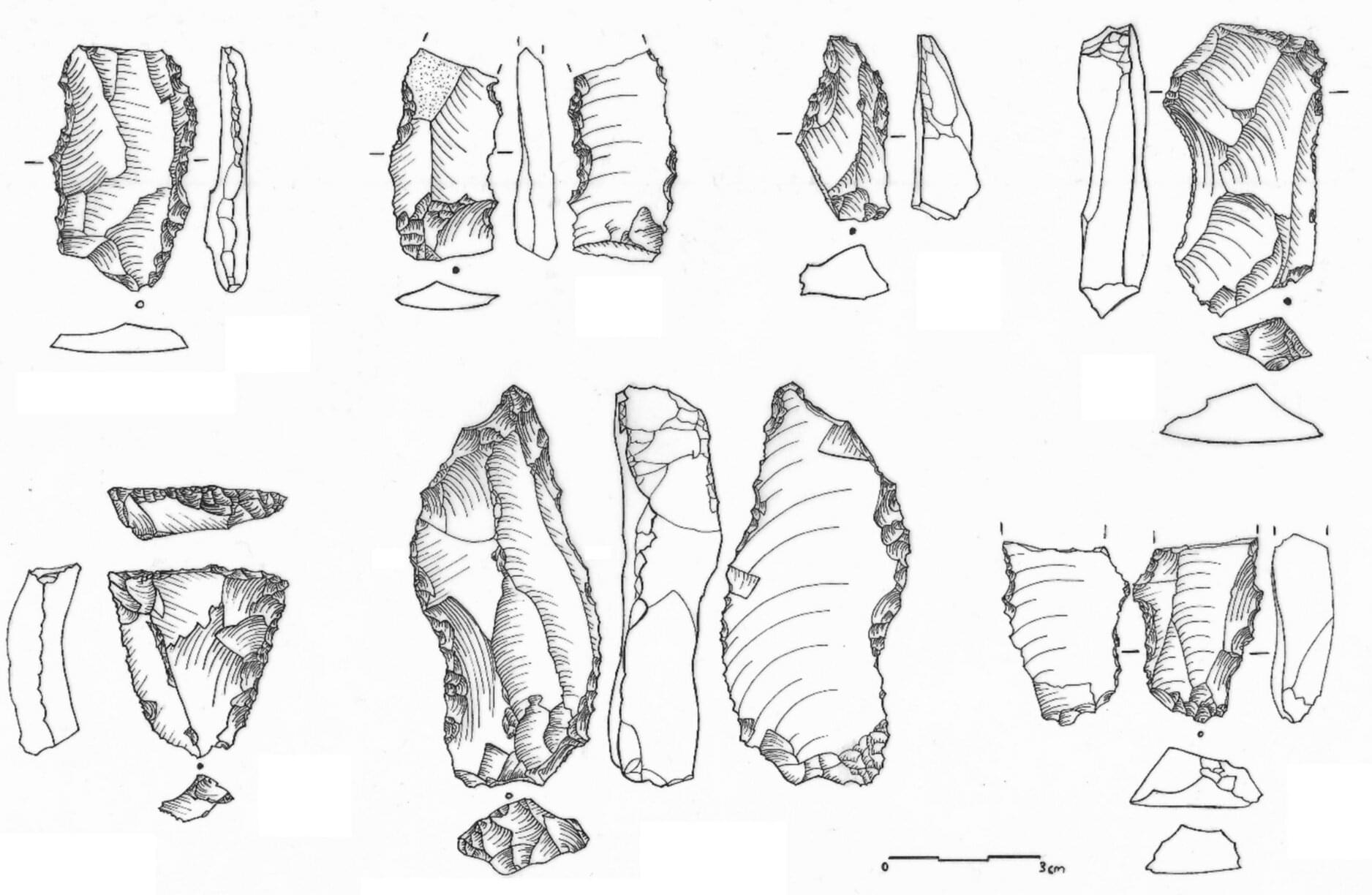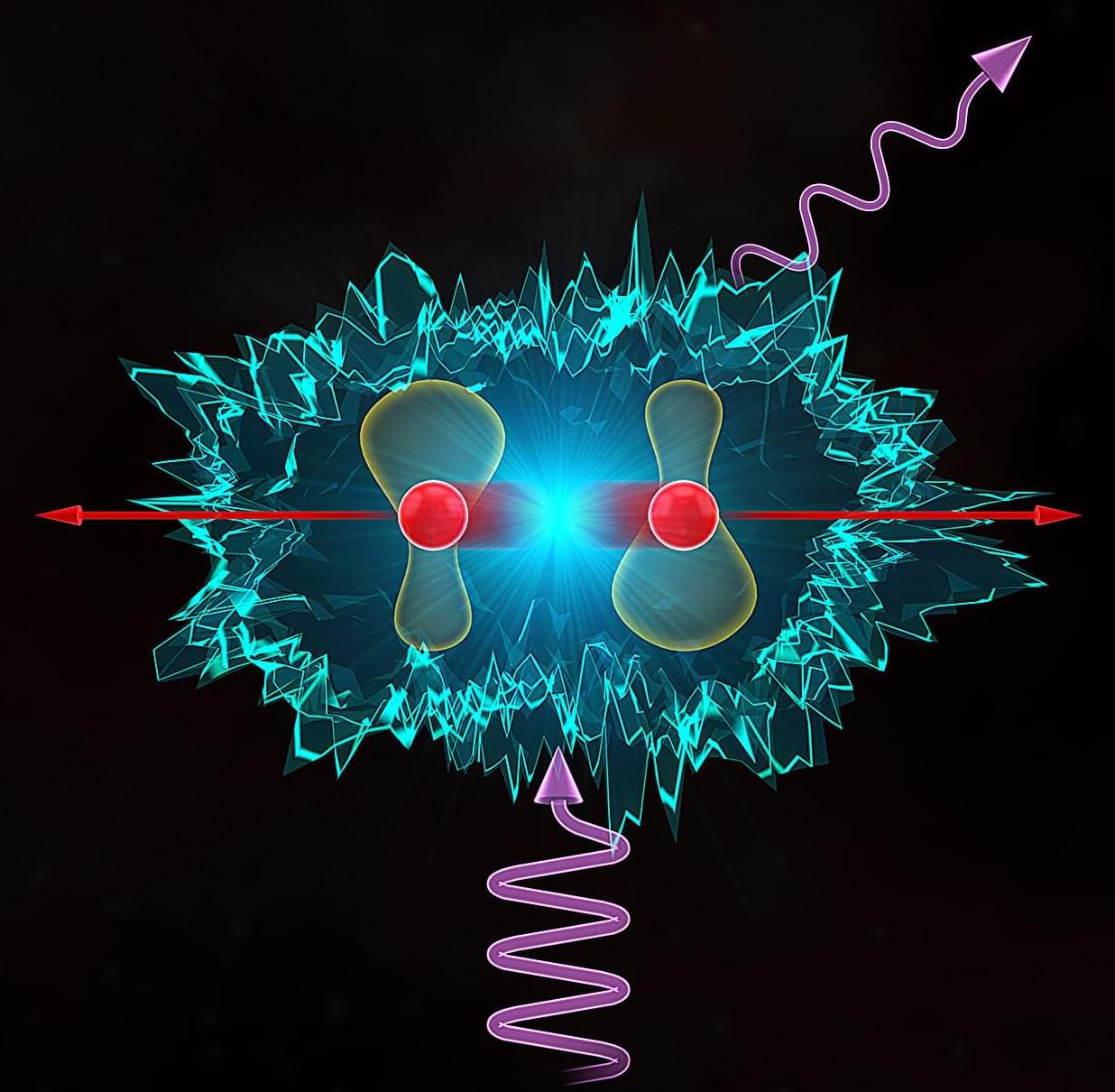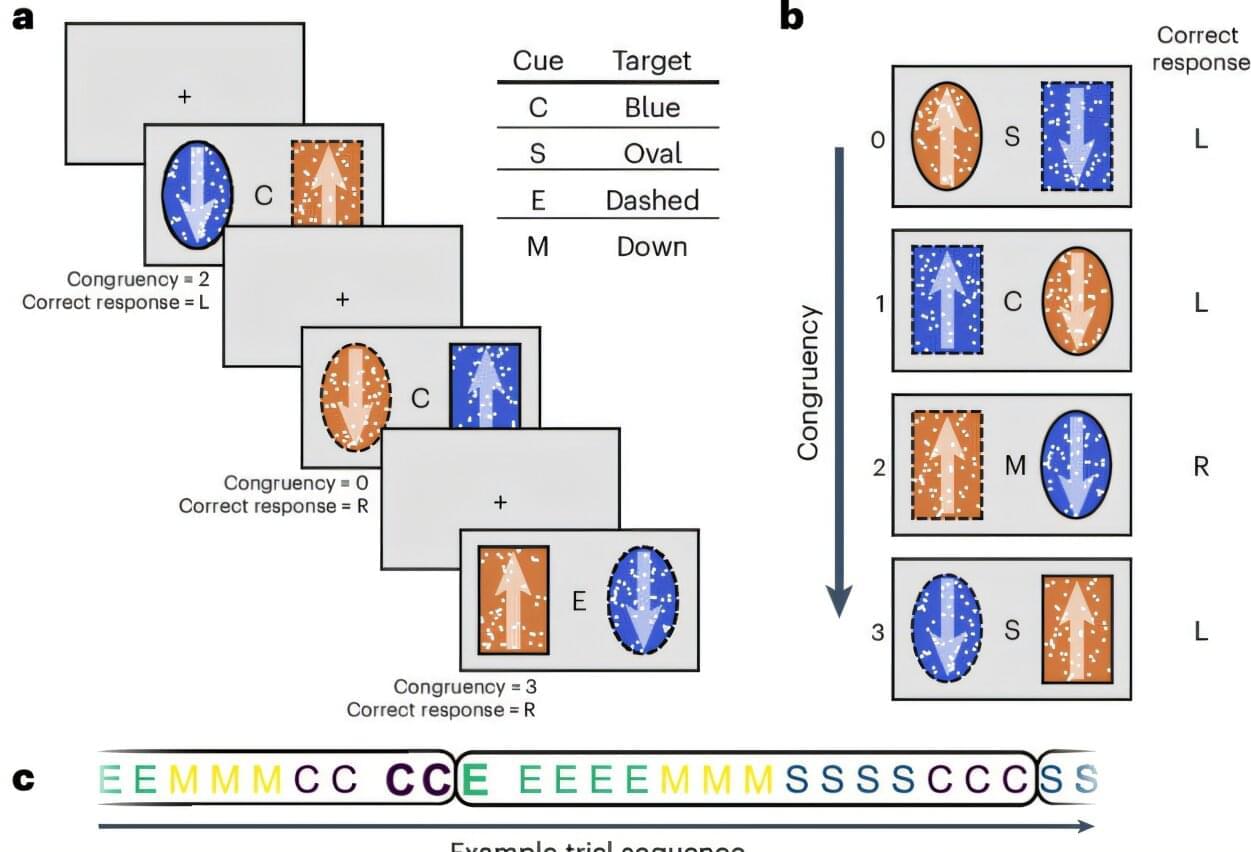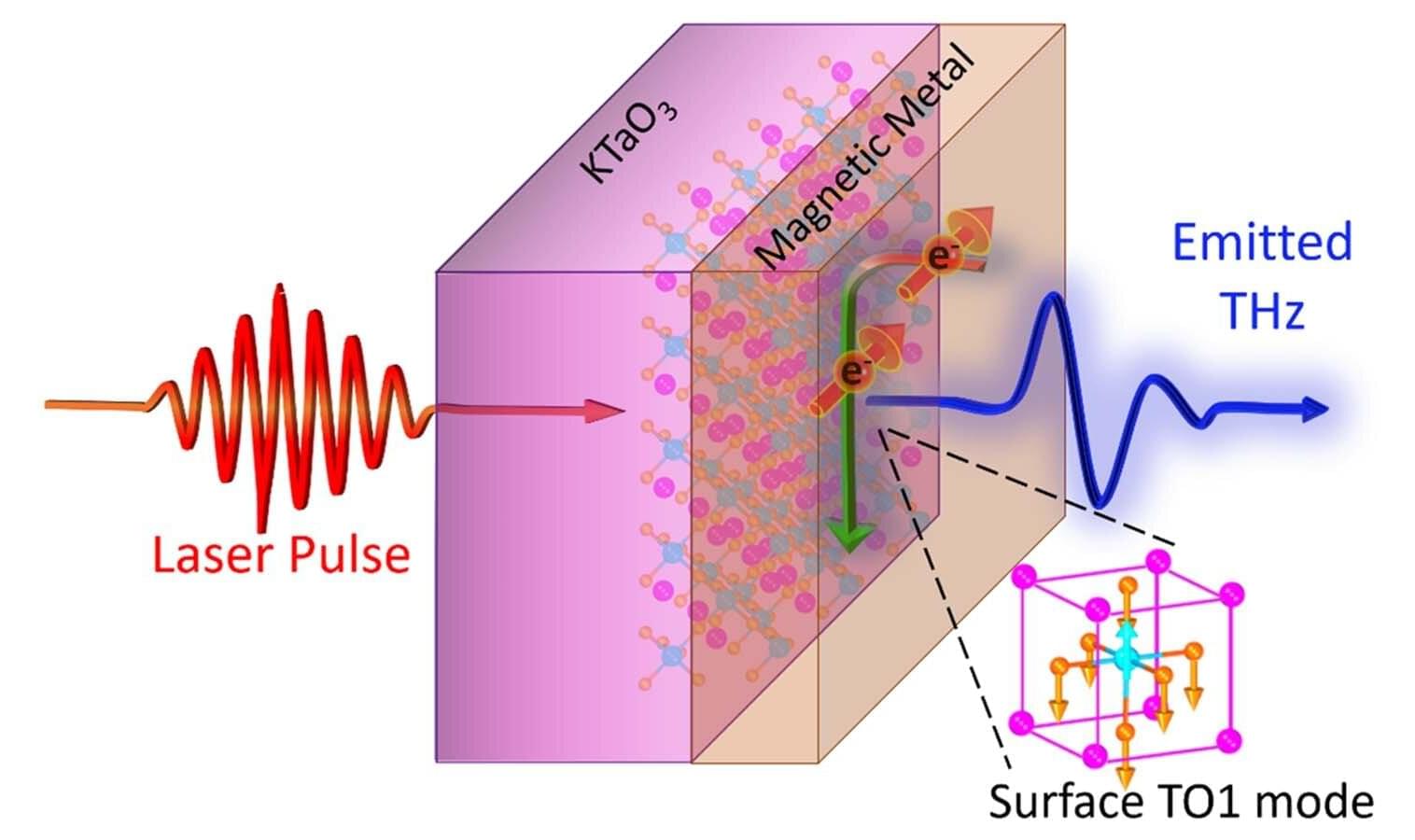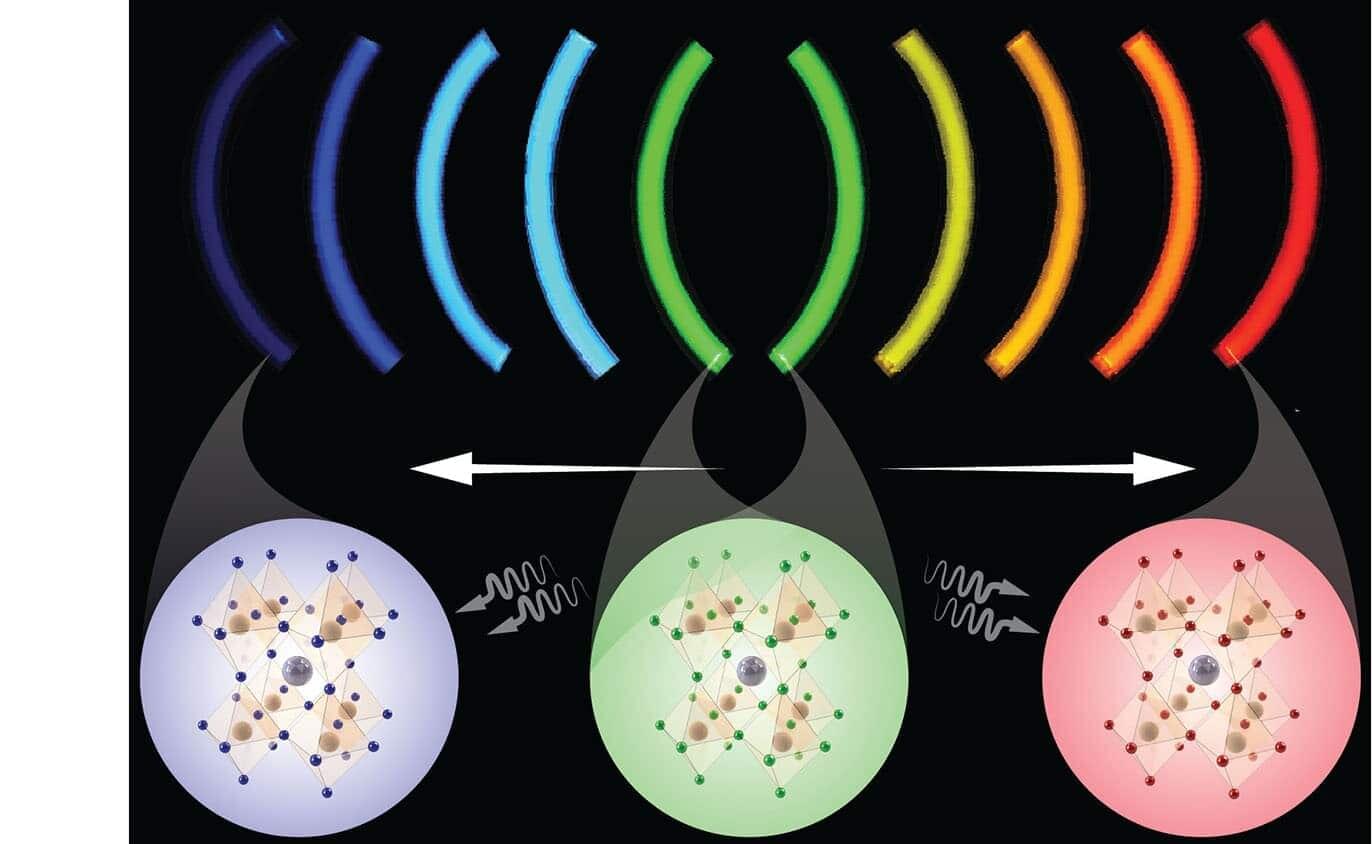Soft viscoelastic solids are flexible materials that can return to their original shape after being stretched. Due to the unique properties driving their deformation, these materials can sometimes behave and change shape in unexpected ways.
Researchers at Princeton University carried out a study closely investigating the behavior of these materials when they are squeezed through narrow spaces. Their findings, published in Physical Review Letters, show that this extrusion of soft solids through confined geometries results in the formation of instabilities at their surface, characterized by a grooved pattern that deepens over time.
“Soft solids are viscoelastic materials, which have both fluid-like and solid-like features,” explained Prof. Howard Stone, senior author of the paper.

